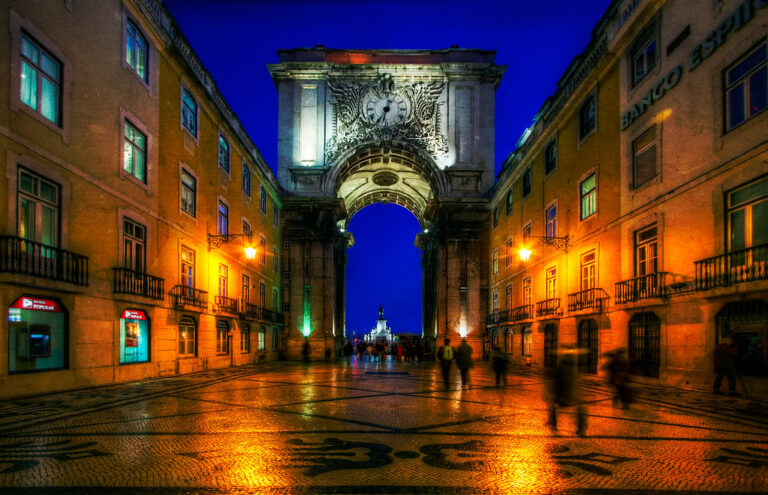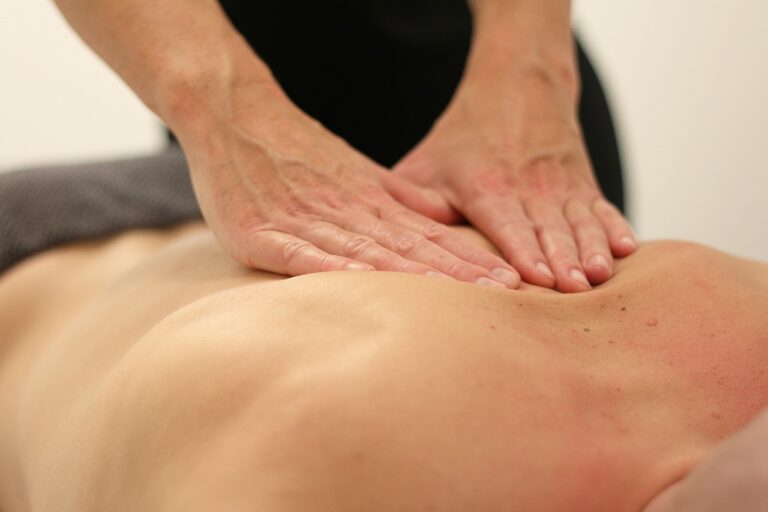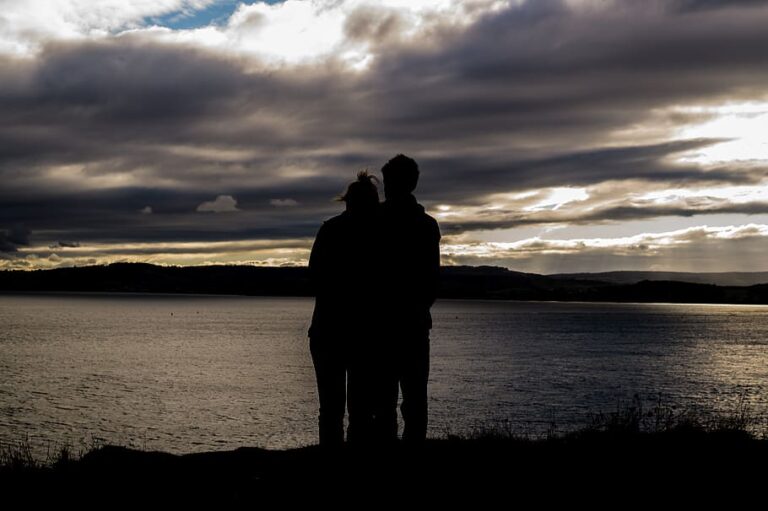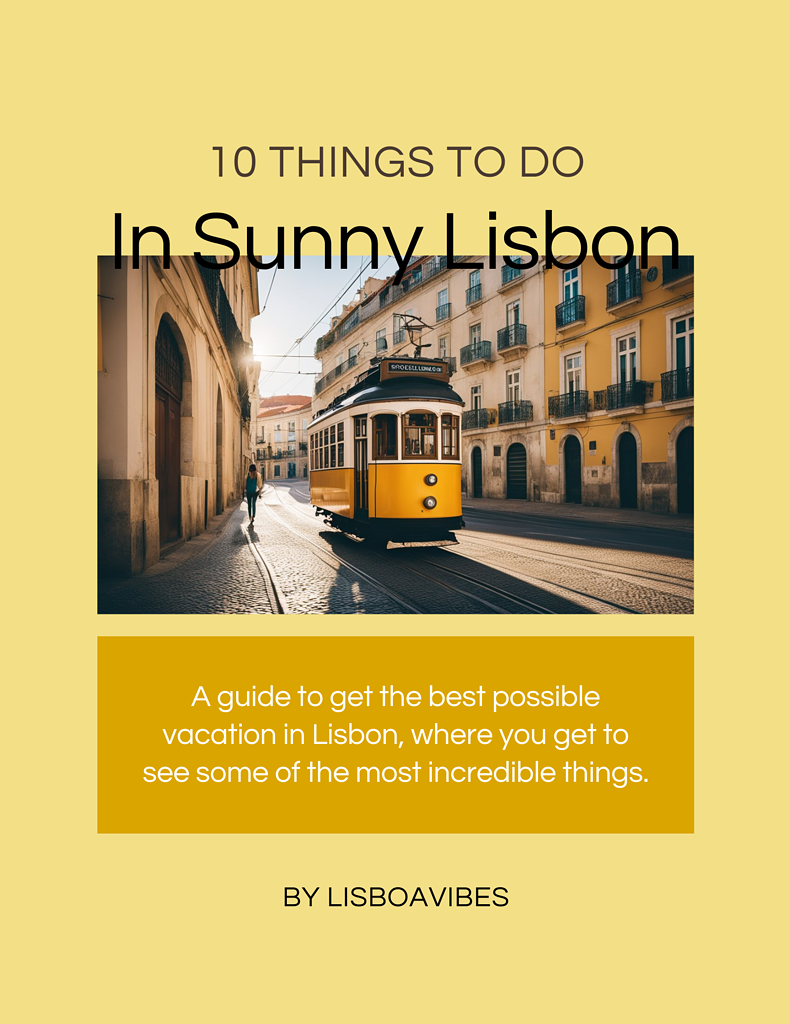Did you know some interesting Lisbon facts are never shared when visiting the city?
Yes, Lisbon is filled with some quirky and whacky things. Knowing these fun facts will enlighten you and take your trip to another level of excitement.
My collection of fun facts about Lisbon is drawn from my experience traveling the city.
So, let us dive in with the fun, gross, engaging, and queer facts about Lisbon you will not find anywhere else.
1. Lisbon Fact: One of The Oldest European Cities
Yes, Lisbon is one of the oldest European cities. It is ancient, and archaeologists suggest it dates back to prehistoric times.
According to historical records, the city’s history dates back to 205 BCE when the Romans invaded it.
One of the fun Lisbon facts is that the Romans called it Olissipo.
2. Lisbon Was Not Portugal’s Capital City

Among the interesting facts about Lisbon is that the city was not the capital. Many of the heritage towns in Portugal occupied the position at different times.
Guimaraes was the first capital city in Portugal during the 12th century. In the second half of the 12th and 13th centuries, Coimbra carried this honor.
The Easy Lisbon Quiz
Ready to test your Lisbon knowledge?
I’ve made an easy Lisbon quiz with 5 questions. Let’s see if you can get them right. 🤞
3. Lisbon Was Destroyed in the 1755 Earthquake

The Great Lisbon Earthquake of 1755 caused havoc in the city, followed by a series of fires and a tsunami. It was one of the deadliest earthquakes.
The commercial center of Lisbon, Praça do Comércio, was destroyed, including the Royal Ribeira Palace and many adjoining regions/monuments.
Until today, you can still see the devastating effects of the major earthquake at Carmo Convent, standing without a roof.
It remains a haunting reminder of what happened that fateful day.
4. Pombaline Downtown Resulted From The Earthquake
At Commercial Square, you see the yellow Pombaline buildings standing out from the rest of the square.
A fun fact about Lisbon is that the buildings were built after the massive earthquake. Today, the Baixa Pombalina and Pombaline Downtown are major Lisbon attractions.
These buildings are not ordinary, as they were the earliest earthquake-resistant constructions in Europe.
The exciting thing is how the people did earthquake tests during those times.
They built small wooden models, and troops used to march around them to help simulate an earthquake.
5. You are Walking on a Stone Carpet in Lisbon
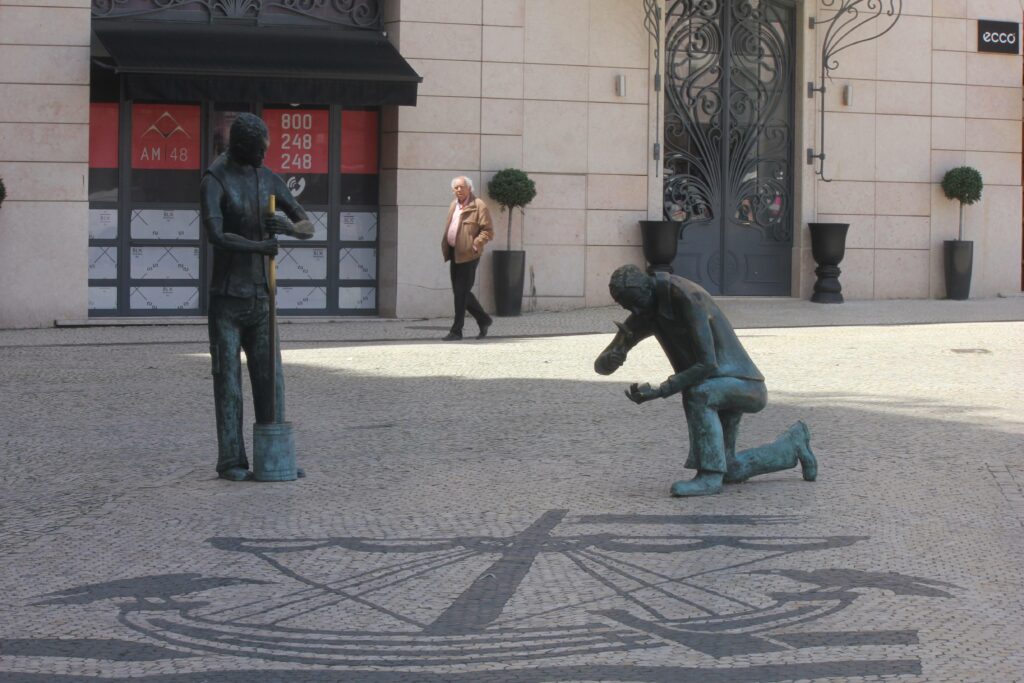
When visiting Lisbon, you see black and white stones everywhere in public squares and sidewalks.
These are Portuguese pavements and art pieces dating back to the 15th century.
An interesting fact is that there are different versions you can see in the former Portuguese colonies from Brazil to Macau.
You can even find a paving school dedicated to art in Lisbon called Escola dos Calceteiros.
Important Warning ⚠: While the pavements are Lisbon charm, they are slippery, and it is best to wear flat, comfortable shoes.
So, when you walk those cobblestone streets next time, look down to see the patterns, waves, flowers, and faces.
6. Rossio Squares Gory History
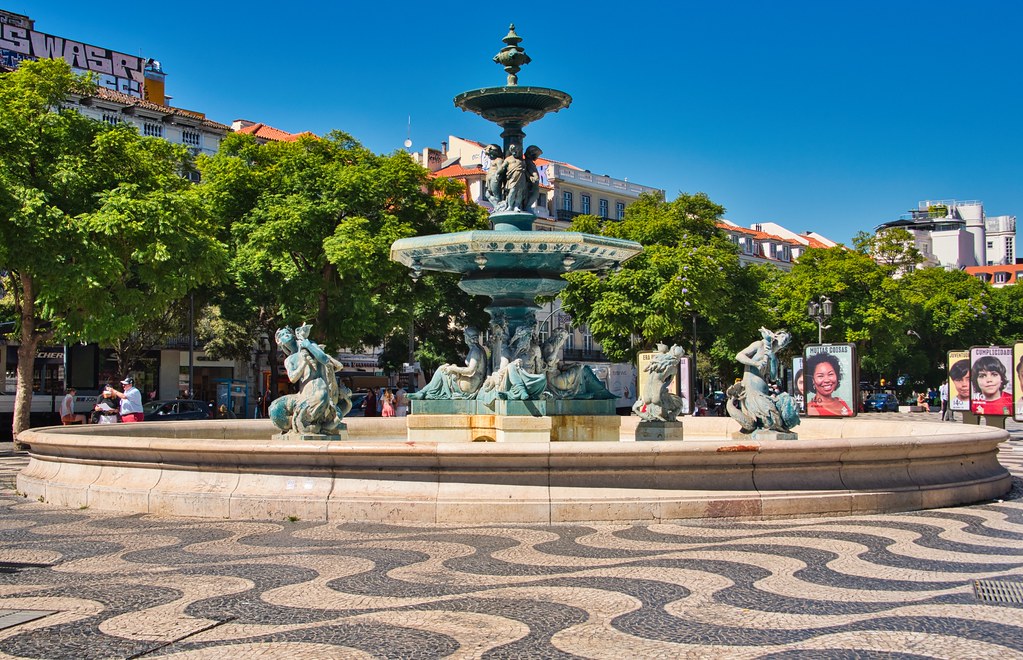
Rossio Square is where people in this beautiful city have gathered for centuries. Yet it has a dark side and is one of the lesser-known facts about Lisbon.
On the north side of Rossio Square, the Inquisition of Lisbon was established in the Palace of Estaus. Hence, Rossio became a public execution spot and the first auto-da-fé (act of faith.)
Planning On Going To Lisbon?
I’ve created a trip planner where you enter the number of days you’re going and what activities you want to do.
Based on your input, you then get an entire vacation planned with ideas.
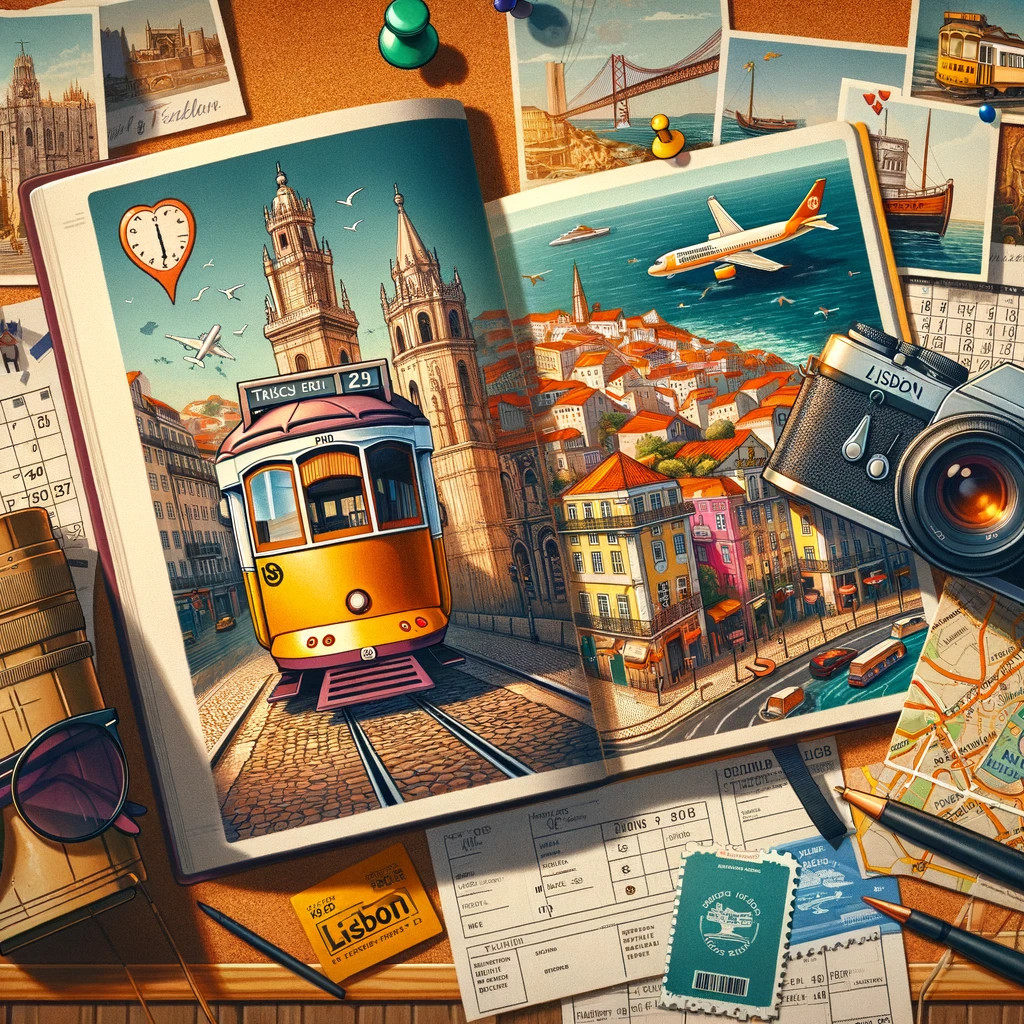
7. The Raven is Lisbon’s Symbol
When you look at the Lisbon Coat of Arms, you see two ravens directing a ship to sea.
It represents the ravens that escorted the remains of Saint Vincent of Saragossa, the patron saint, during his journey from Sagres to Lisbon.
The other queer Lisbon fact is there was a raven cult in the city for a very long time. The cult inhabited a section of Sao Jorge’s Castle.
8. The Alfacinhas
Lisbon locals are referred to as Lisboetas officially, but informally, they are known as Alfacinhas.
Interestingly, the name refers to a lettuce that grew abundantly in this cosmopolitan city’s hills.
Hence, they often eat lettuce and use it for medicine, Alfacinhas.
9. Lisbon Has a Roman City Underneath The Streets
The coast capital city has a full-blown Roman town under the city center. You can find upper-class homes, swimming pools, galleries, and factories here. You can visit these galleries as they are open to tourists a few times a year.
Hot Tip🔥: Check out the Facebook page and website to find out when to visit.
10. The City of Spies
During World War ll, spying flourished in Lisbon, the main point of entry into and exit from Europe.
The most fascinating fact about Lisbon is that the city is connected with the spying history of the time.
A British writer, Ian Flemming, who created James Bond, was a spy stationed in Lisbon working for the British Secret Service.
The Estoril Casino on the Portuguese Riviera inspired him to write his first book, Casino Royale.
11. Lisbon’s Lesser Known Gem
You can walk on a trench in Lisbon, the Aguas Livre Aqueduct found in Alcântara Valley.
The massive 19-km-long trench, dating back to the 18th century, is hidden from tour groups. The aqueduct survived the deadliest earthquake in 1755 and is an uncertain UNESCO World Heritage Site today.
You get a spectacular view of Lisbon when exploring and walking the trench.
Hot Tip🔥: If you want more wonderful views, check out my post on the steep hills with fantastic miradouros to explore.
12. The Lisbon State Prison
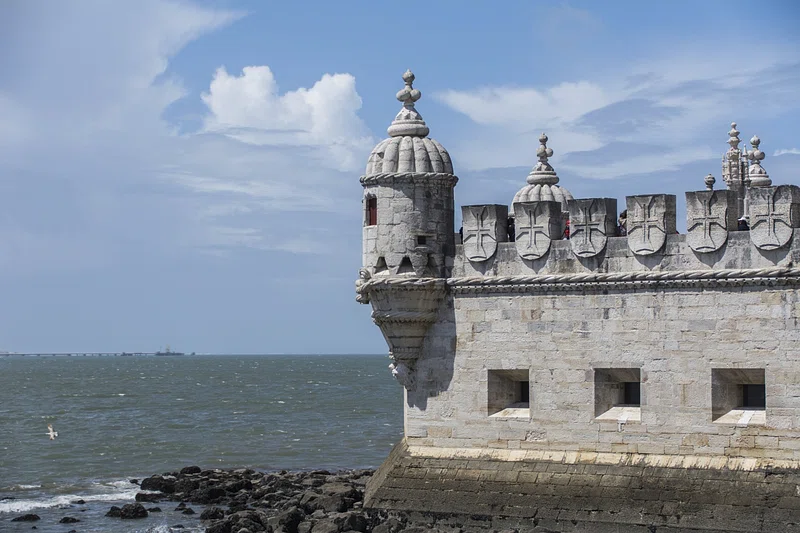
Belem Tower was a state prison for a long time. It was constructed in the 16th century as part of the river defense system in Lisbon, with cannons.
At the same time, it was used as a state prison for much longer than a defense bulwark. It also served as a lighthouse, telegraph office, and customs port.
13. Belem Tower Has a Rhino on It
Belem Tower features a sculpture of the Indian rhino 🦏. It is an exciting story of how it came onto the famous landmark.
According to legend, the rhino traveled from India to Portugal as a diplomatic gift. It had many owners and met a tragic end.
Yet, it inspired many sculptures and painters to use its image across Europe. Still, it would be best to look hard to see it on the tower.
Here are the best things to do in Lisbon In July 2024
I’ll send you a list of the best things to do in July and every month moving forward from today.
It’ll be based on my personal experience of living and traveling around Lisbon. A lot of hidden gems.
14. Fado Culture
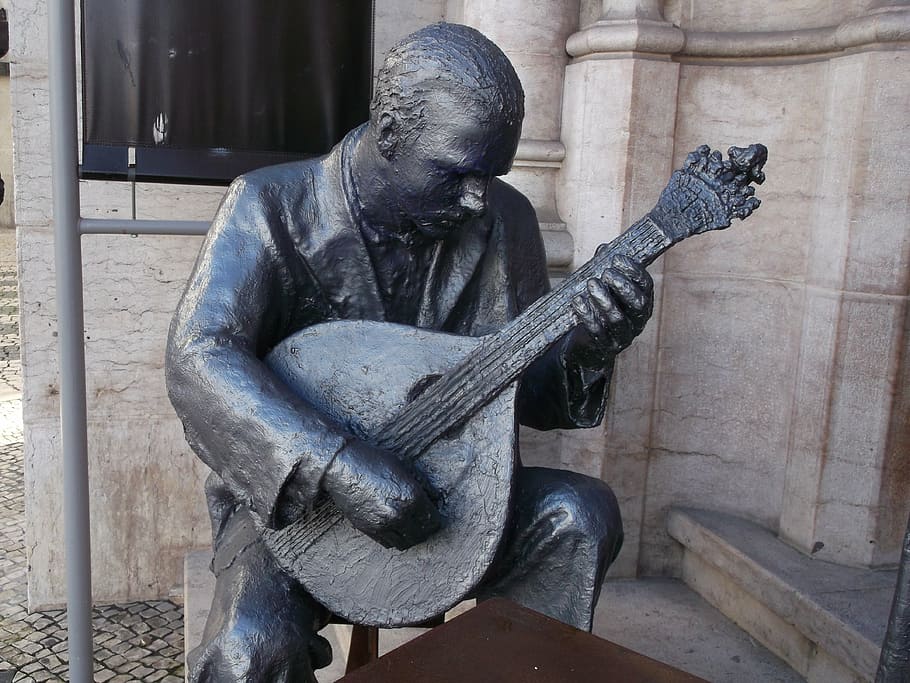
The birthplace of Fado is Lisbon, a traditional Portuguese music.
It sounds profoundly melancholic and aptly represents saudade, which means longing for someone.
You will hear many stories about where it originated, but the one that stands out is the intermingling of cultures and nationalities.
Many believe it started with the enslaved Brazilians and was brought to Lisbon when sailors returned from South America.
Others say it started with the Moors staying near Lisbon and remained after the Christians took over the reason for the melancholy longing songs.
A fact is that Fado was inscribed on UNESCO’s list of Intangible Cultural Heritage of Humanity in 2011.
15. Lisbon Has a Museum Dedicated to Azulejos
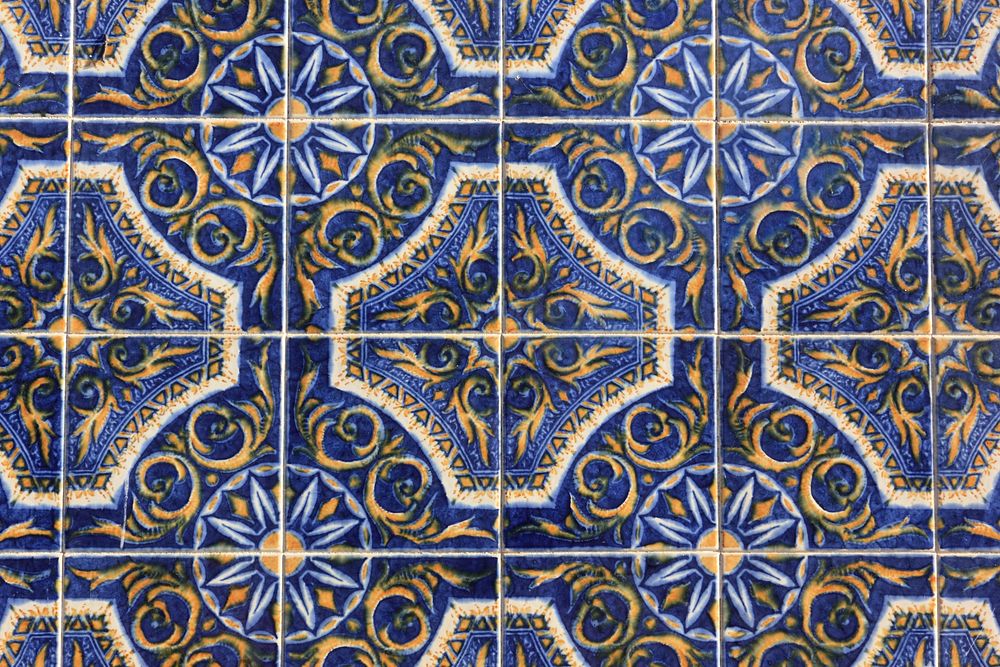
Walking the cobbled streets and viewing the street and walls, you will see the blue Portuguese tiles known as azulejos around every stop.
A fact is that you can dig deeper into the evolution and history of where the azulejos started at the dedicated National Tile Museum.
One thing is for sure: the Museum of Azulejos will captivate you for hours. On the top floor, a giant blue/white tile panel shows Lisbon’s appearance before the earthquake.
16. Lisbon Has Long Bridges
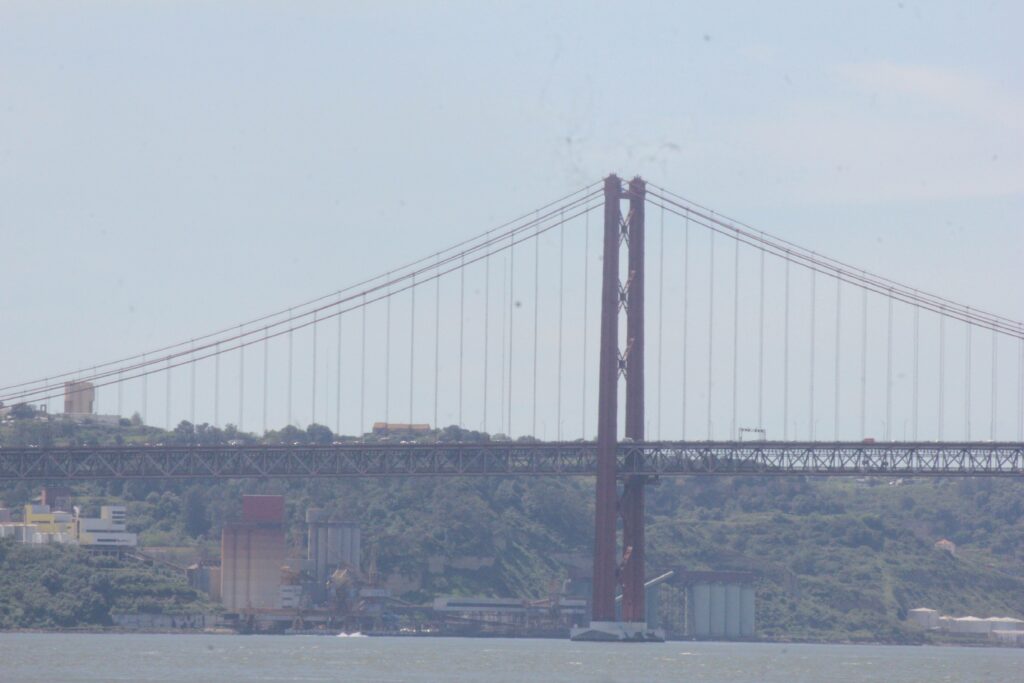
A Lisbon fact is that the city has the second-longest bridge in Europe and the longest in the European Union, the Vasco da Gama Bridge.
The bridge is 7.6 miles (12 km) long, while the 25th April Bridge is also long and resembles the San Francisco Golden Gate Bridge.
It is the longest suspension bridge in Europe.
17. Lisbon Has The Most Museums
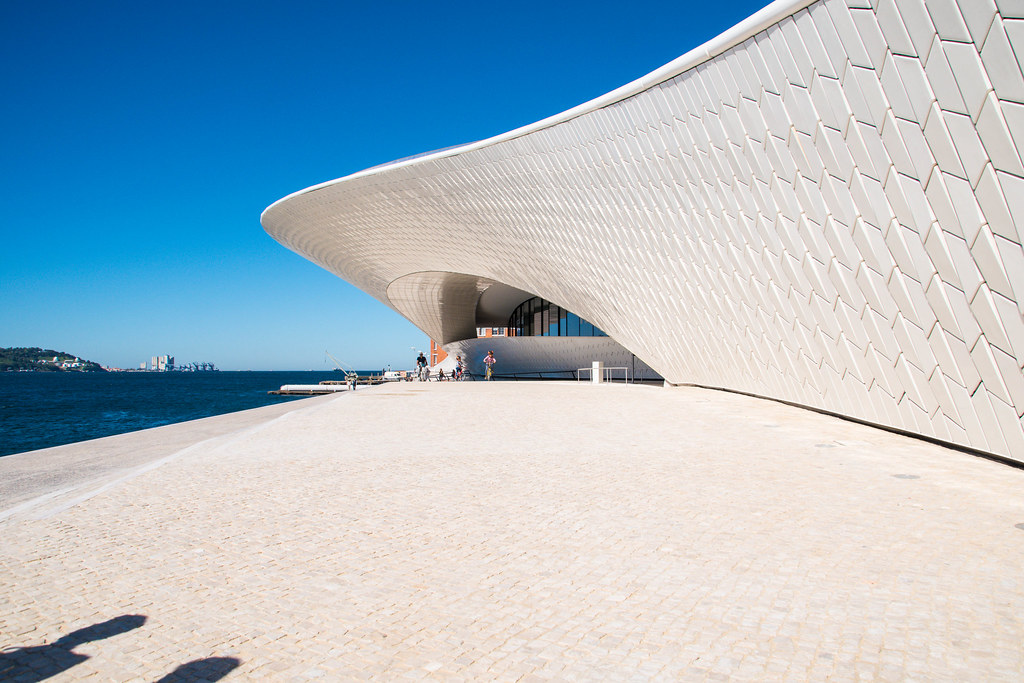
As one of the European cities, it has the most eclectic collection of museums, which are not only confined to archaeology or art.
Here, you can learn about costumes, coaches, design, ethnology, Fado, news, and more.
You can find museums for everything in Lisbon, and there are many to explore.
18. Lisbon’s Metro Is a Portuguese Tile Art Museum
If you use the metro as a budget traveler to commute in Lisbon, you first notice the walls with colored azulejos telling stories and marking events.
An excellent example is the Arrival at Restauradores, the Alto dos Moinhos sketch, and the Pargque station blue dome.
While touring the inground of the metro stations, walking through several rooms, it displays as a tile museum.
19. Facts About The Emblematic Trams
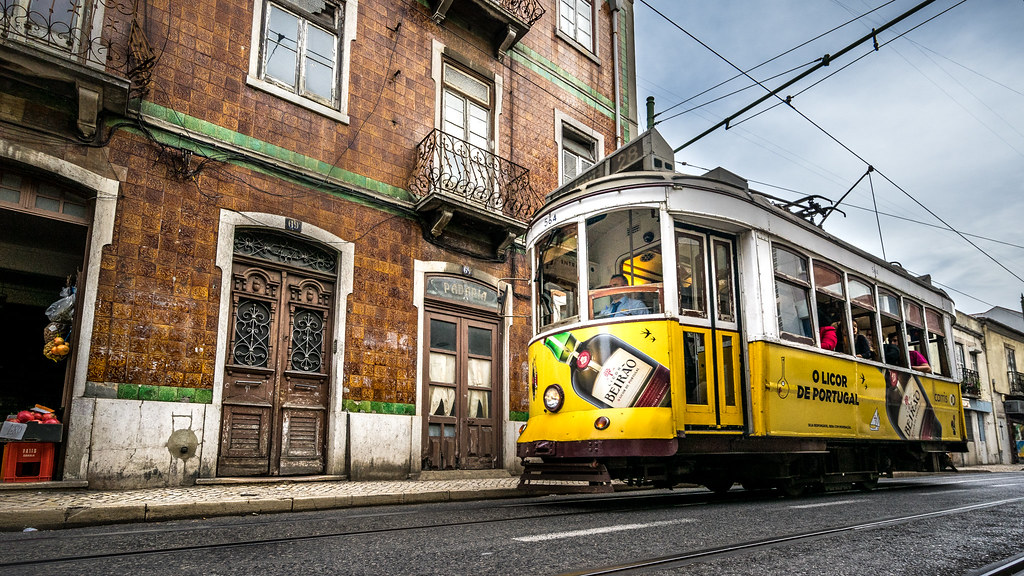
Another fact is that Lisbon’s American connection is with the 25th April Bridge and the famous tram you see.
The yellow trams in Lisbon were inspired by the trams seen in the USA. At first, these trams were called Carros Americanos.
The first trams in Lisbon used to be pulled by horses.
20. Lisbon Has The Most Vibrant Street Art
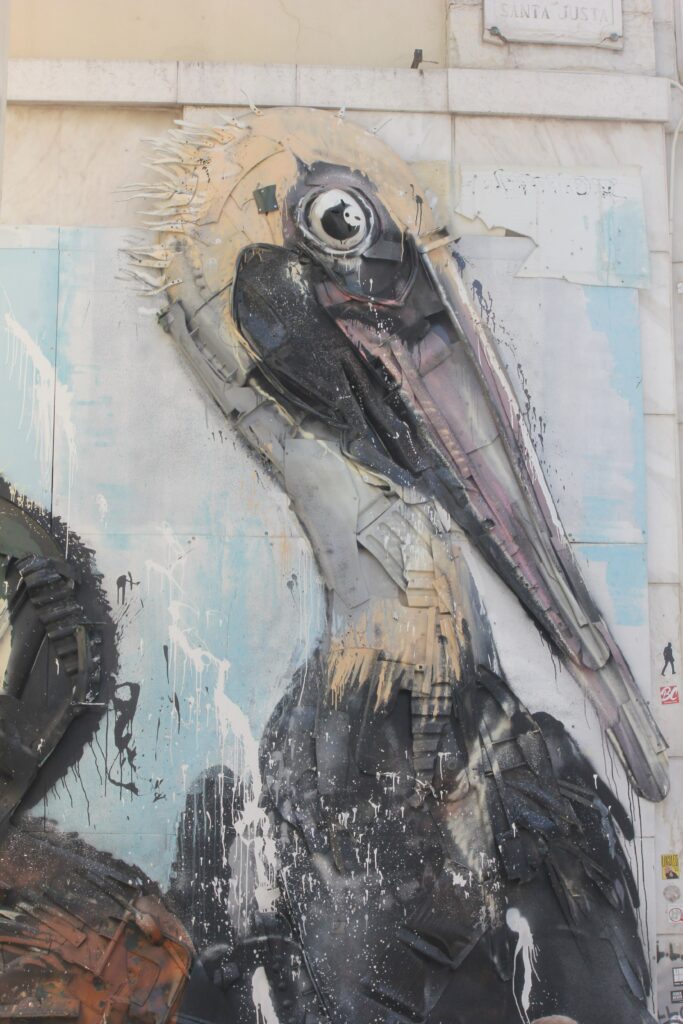
You notice the incredible architecture as you stroll to explore Lisbon’s fabulous views.
But that is not all you will see along the beautiful hills; you will see street art everywhere.
Strolling through Lisbon’s historic neighborhoods reveals an open art museum with graffiti and street murals.
There is a dedicated street art museum called The Underdogs Gallery, which you can visit.
21. The Most Expensive Chapels Found in Lisbon
Lisbon has the most impressive chapels, and the Sao Roque Church is the world’s most expensive chapel. Here, you see outstanding European art with elaborate chapels adorned with Baroque architecture in gold.
22. Ginjinha is a Traditional Lisbon Drink
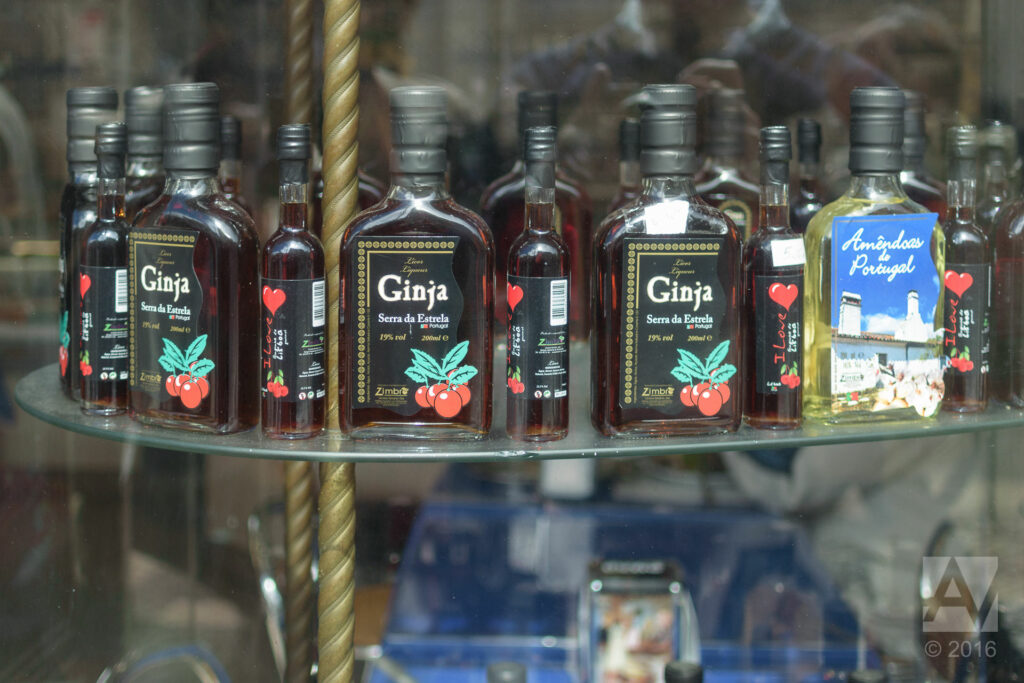
The sweet liqueur made with ginja berries, sugar, and alcohol is a favorite drink in Portugal. Even with the port wine famous in Port, Lisbon still prefers enjoying ginja, and you should try it when visiting.
23. A Popular Souvenir is Canned Fish

Yes, it sounds strange. Who will give someone canned fish as a gift? Still, it is one of the best souvenirs to take home.
Tins of mackerel, anchovies, sardines, and tuna are packed airtight in colorful boxes.
What started as an affordable source of protein has become one of Portugal’s famed food icons, and you can even find it available at restaurants.
24. The Largest Saltwater Oceanarium is in Lisbon
Lisbon has the world’s largest saltwater aquarium, a great place to visit with kids.
Oceanario de Lisbon is huge and has four marine habitats: cold water, temperate, and tropical. Here you can see amphibians, various plants, mammals, algae, fish, and invertebrates.
You also find temporary exhibitions to explore.
25. Pasteis de Nata a Top Secret Recipe
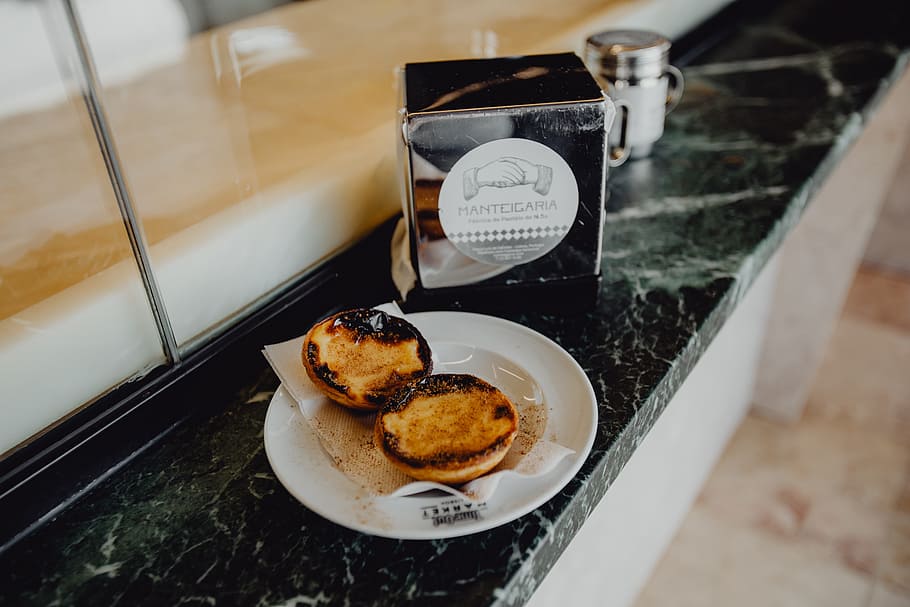
One thing you will learn to love is the famous Portuguese dessert pasteis de nata.
According to many in Lisbon, it originated with the monks at Jeronimos Monastery in Belem.
Even though the recipe is top secret, you can find these egg tarts at most cafes and bakeries in Lisbon today.
According to legend, the recipe was first handed down to Pasteis de Belem, and only the top owner and trusted chefs know the ingredients.
The Advanced Lisbon Quiz
You’re now at the advanced Lisbon quiz with more difficult questions. No one gets every question right, so don’t beat yourself up on it. Good luck.
Wrap-Up: Lisbon Facts
Remember these Lisbon facts to make your trip even more memorable, no matter where you go in the Portuguese capital.
While visiting and talking to the friendly locals, I am sure you may even come across some facts that are not mentioned here.
If you do, I would love to hear your thoughts, so do not hesitate to leave something in the comments. Enjoy your trip to Lisbon.



